Andrew Lloyd Webber’s “Cats,” the musical phenomenon that has divided audiences since its 1981 debut, returns in a dazzlingly reimagined form: “Cats: The Jellicle Ball.” This isn’t your typical junkyard setting; this production explodes onto the stage of the Perelman Performing Arts Center (PAC NYC) as a vibrant celebration of queer culture, specifically drawing inspiration from the electrifying world of Harlem’s ballroom scene. While still undeniably “Cats” with its whimsical source material from T.S. Eliot, this rendition offers a fresh, thought-provoking, and undeniably energetic experience that has audiences cheering.
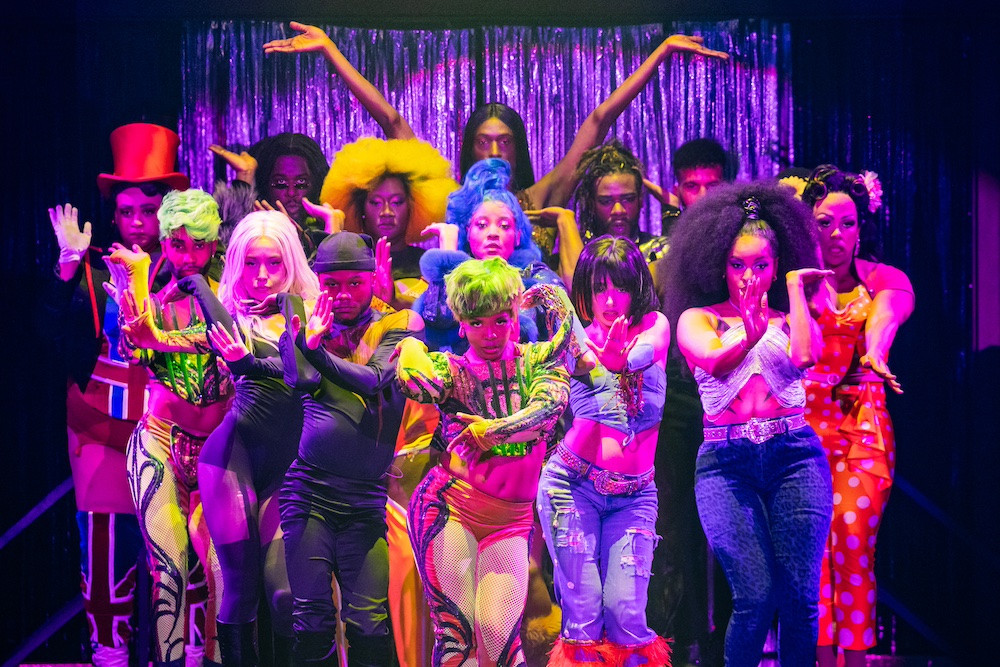 The cast of Cats: The Jellicle Ball in colorful costumes and wigs, performing on stage.
The cast of Cats: The Jellicle Ball in colorful costumes and wigs, performing on stage.
Co-directors Zhailon Levingston and Bill Rauch, the artistic director of PAC NYC, have taken the familiar narrative of Jellicle cats vying for ascension to the Heaviside Layer and infused it with the dynamism of a ballroom competition. This innovative concept, clear from the outset, replaces feline antics in a junkyard with a runway pulsating with LGBT people of color. The Jellicle choice is now intertwined with a vogueing contest, deeply rooted in the legacy of Harlem drag balls. This once-underground subculture, brought to wider attention by Jennie Livingston’s seminal 1990 documentary “Paris Is Burning,” found mainstream recognition with Madonna’s hit “Vogue” in the same year, and has recently been revitalized for a new generation through the FX series “Pose.” The presence of a rainbow fan emblazoned with “Pose” in the lobby serves as a clear nod to this influence.
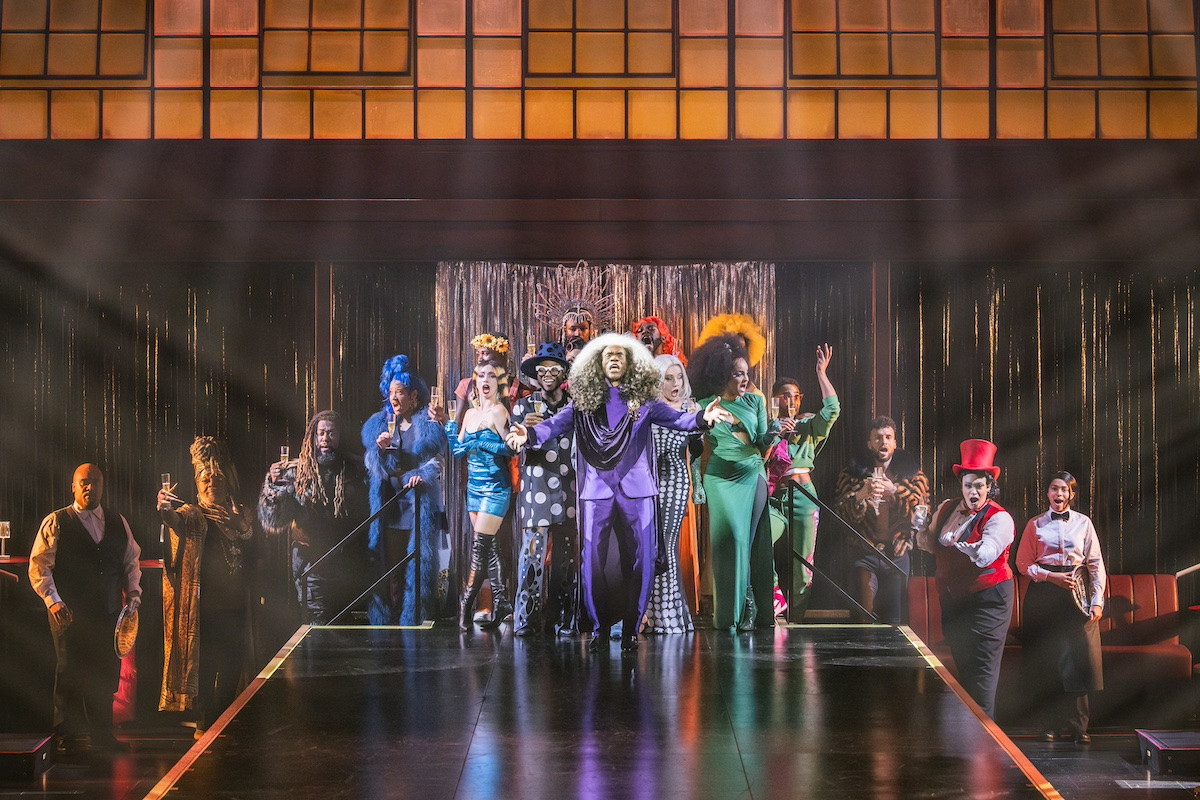 A close-up shot of performers in Cats: The Jellicle Ball showcasing elaborate makeup and costumes, engaging in a dynamic dance pose.
A close-up shot of performers in Cats: The Jellicle Ball showcasing elaborate makeup and costumes, engaging in a dynamic dance pose.
The fusion of queer culture and the inherent eccentricity of “Cats” has been meticulously crafted. The production boasts both an official ballroom consultant and a gender consultant, ensuring authenticity and sensitivity. The cast and creative team are populated with individuals deeply embedded in ballroom culture. The iconic Andrew Lloyd Webber score has been reimagined with house music arrangements, adding a contemporary pulse to the familiar melodies. Crucially, choreographers Arturo Lyons and Omari Wiles have injected the already dance-centric show with the exhilarating vocabulary of ballroom movement. Expect to witness captivating hand performances, commanding catwalks, energetic duck walks, dizzying spins, and dramatic dips, all contributing to a performance that is both a tribute to ballroom and a reimagining of musical theater choreography. The performers proudly declare themselves “iconic” and “legendary,” terms frequently heard within ballroom circles, offering a glimpse into the production’s deeper thematic layers. This assertive self-importance becomes a powerful statement, reflecting a response to the prejudice and marginalization faced by LGBTQ people of color before finding community and acceptance. Brief glimpses into the characters’ everyday struggles are even subtly woven in, such as a scene depicting a shoplifting arrest, grounding the fantastical elements in relatable realities.
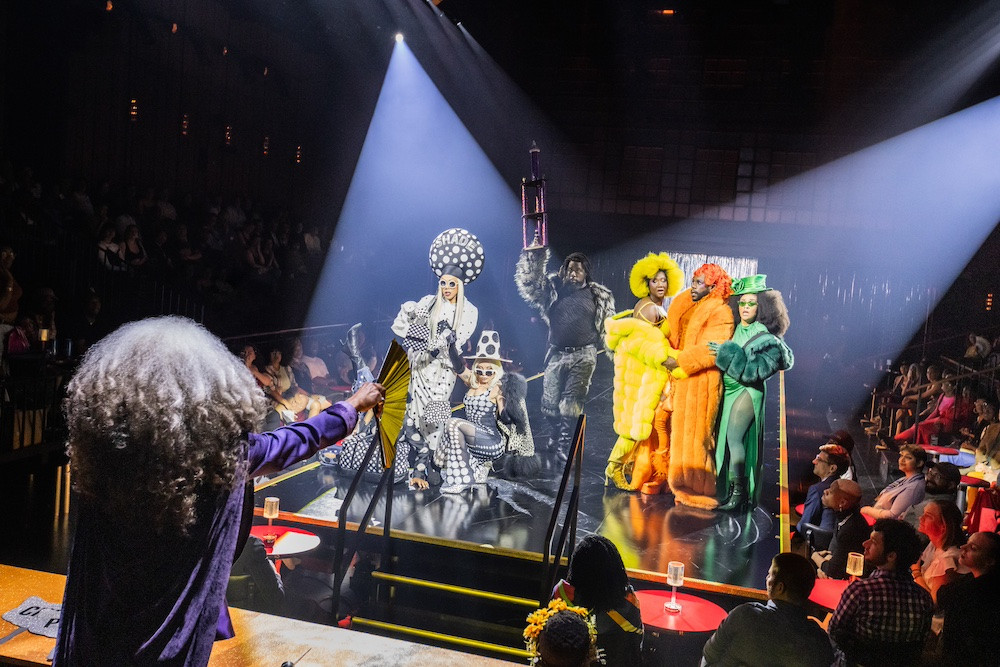 A scene from Cats: The Jellicle Ball featuring performers holding signs that say "Come Out" during a musical number, highlighting the show's thematic depth.
A scene from Cats: The Jellicle Ball featuring performers holding signs that say "Come Out" during a musical number, highlighting the show's thematic depth.
Visually, “Cats: The Jellicle Ball” is a feast for the eyes. Qween Jean’s vibrant costumes and Nikiya Mathis’ extravagant wigs are perfectly pitched, capturing the inherent fantasy at the heart of ballroom culture while remaining true to the whimsical spirit of “Cats”. The scenic design further enhances this sense of grounded fantasy. During the iconic “Jellicle Cats Come Out Tonight” number, cast members carry signs proclaiming “Come Out,” directly linking the Jellicle gathering to themes of queer visibility and liberation.
The strength of the production lies in its cast, who effectively bridge the worlds of ballroom and musical theater. Gus the cat is embodied by Junior LaBeija, a member of the legendary House of LaBeija, who was also featured in “Paris Is Burning,” bringing authentic ballroom lineage to the stage.
 Junior LaBeija and Shereen Pimentel in Cats: The Jellicle Ball, showcasing the blending of ballroom and musical theater talent.
Junior LaBeija and Shereen Pimentel in Cats: The Jellicle Ball, showcasing the blending of ballroom and musical theater talent.
Sydney James Harcourt as Rum Tum Tugger commands attention, frequently appearing bare-chested and embodying the “Butch Queen Realness” category of ballroom vogueing.
 Sydney James Harcourt performing as Rum Tum Tugger in Cats: The Jellicle Ball, highlighting the ballroom-inspired physicality of the performance.
Sydney James Harcourt performing as Rum Tum Tugger in Cats: The Jellicle Ball, highlighting the ballroom-inspired physicality of the performance.
Tempress Chastity Moore’s portrayal of Grizabella, singing the show-stopping “Memories,” is particularly poignant. Moore’s biography identifies her as an actress, singer, and “Ballroom icon/Hall of Famer,” the founding mother of Maison Margiela, lending gravitas and depth to the role.
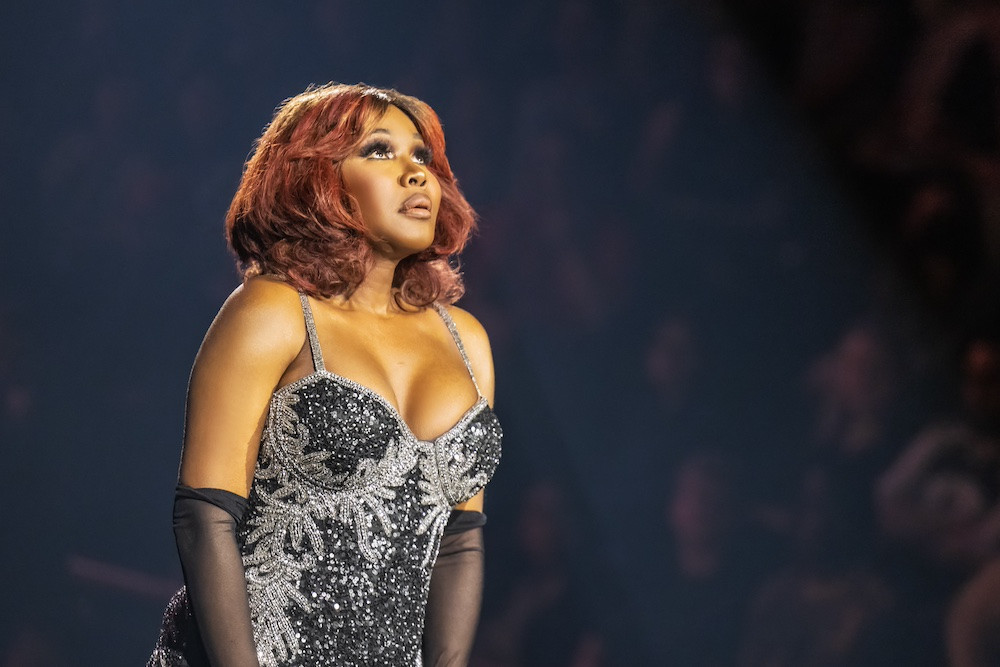 Tempress Chastity Moore as Grizabella in Cats: The Jellicle Ball, delivering a powerful performance of "Memories".
Tempress Chastity Moore as Grizabella in Cats: The Jellicle Ball, delivering a powerful performance of "Memories".
Dudney Joseph Jr. also delivers a standout performance as Munkustrap, the Master of Ceremonies. While the pacing may falter slightly in the middle before regaining momentum for the finale, the entire cast remains consistently credible and engaging. However, André De Shields as Old Deuteronomy truly earns the title of “legendary,” bringing a regal presence and gravitas that elevates the production.
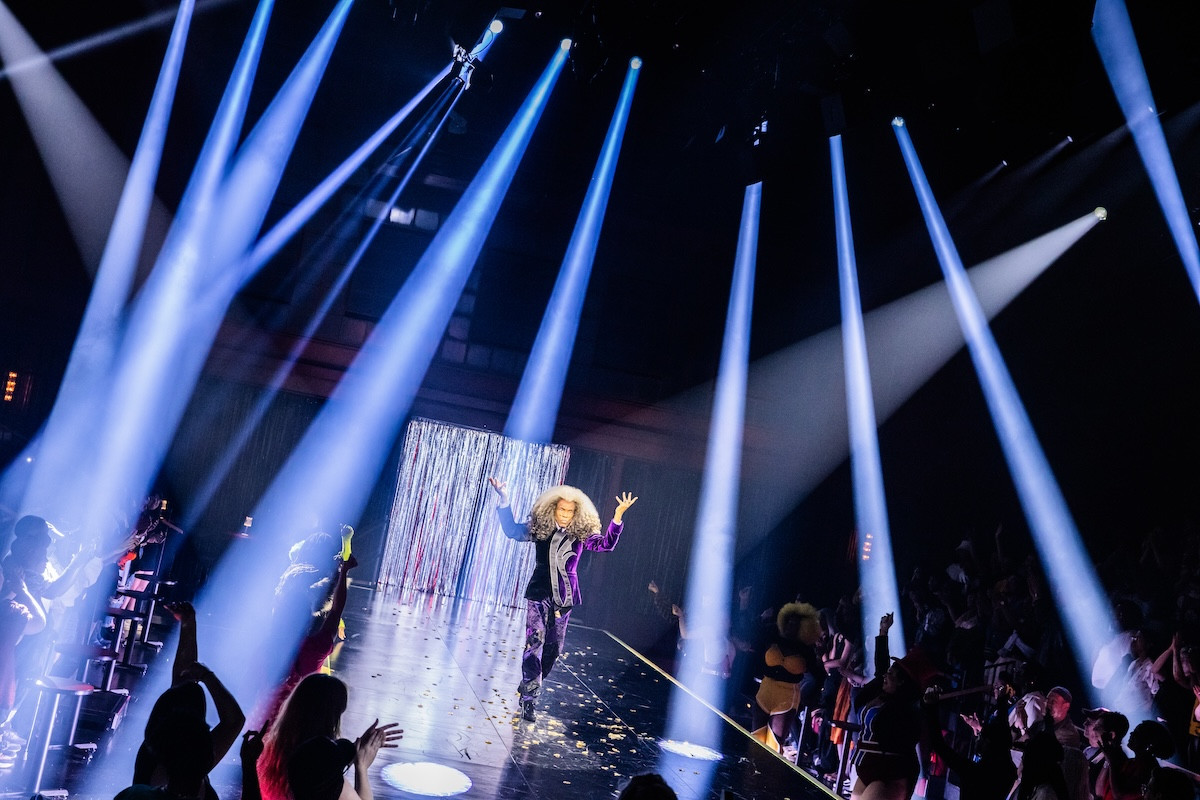 André De Shields as Old Deuteronomy in Cats: The Jellicle Ball, commanding the stage with a legendary performance.
André De Shields as Old Deuteronomy in Cats: The Jellicle Ball, commanding the stage with a legendary performance.
“Cats: The Jellicle Ball” at PACNYC, extended now through September 8th, offers a compelling and innovative take on Andrew Lloyd Webber’s classic musical. By boldly merging the world of “Cats” with the energy and culture of ballroom, this production delivers a vibrant, visually stunning, and thematically resonant experience that is sure to captivate both long-time fans of “Cats” and newcomers alike. It’s a testament to the enduring appeal of Andrew Lloyd Webber’s music and the power of reimagination in theater.
